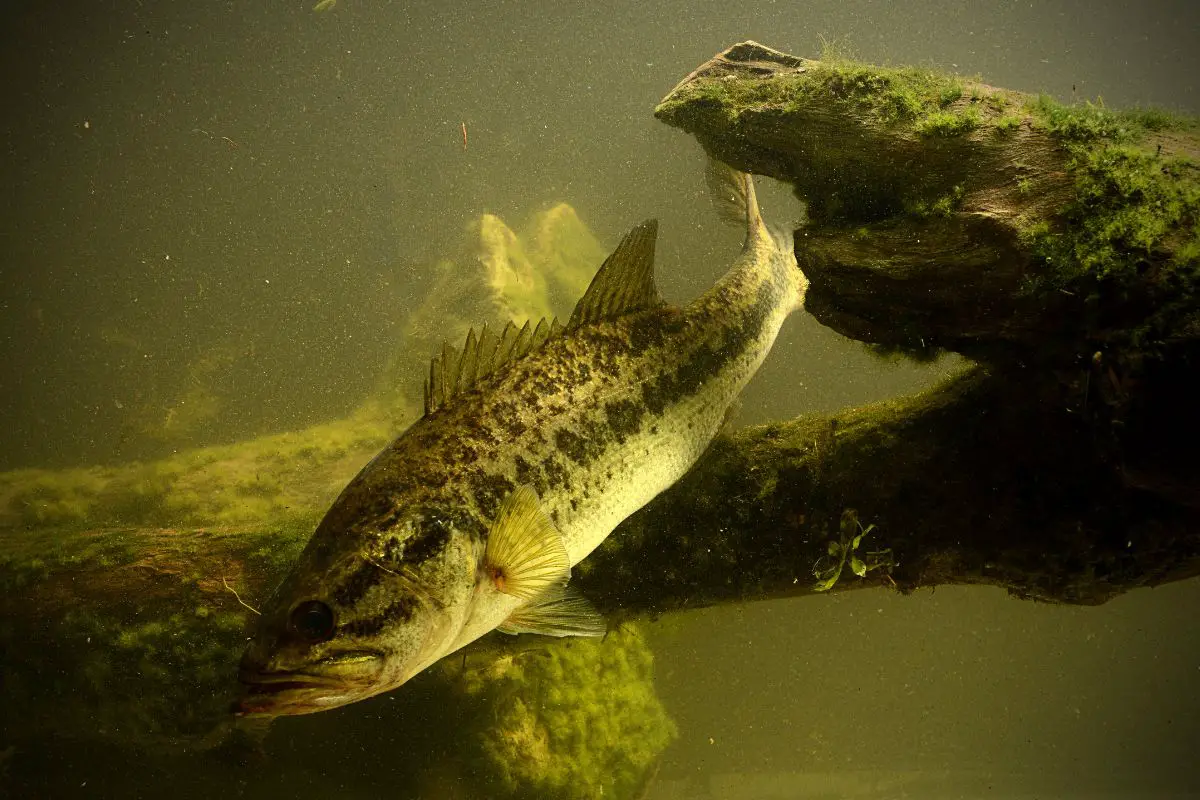
The word bass refers to a type of white-fleshed fish with a rich, flaky texture when cooked. Its name is derived from Middle English -bars-, which means “perch.” Bass are trimly shaped and quite active fish.
They are prized catches and are mostly found in northern waters around the globe. Bass is a versatile fish as it is pretty tasty. It can be made by poaching, baking, grilling, or broiling.
But beware that the Bass is considered a bony fish, so it may be best to remove the bones before serving. Bass refers to many types of fish that can be categorized into three families within the Perciformes (meaning – perch-like) order –
- Serranidae – which includes hundreds of species that grow up to 18 inches. These include shallow shore-water dwellers like grouper and sea bass.
- Moronidae – including European and striped basses.
- Centrarchidae – which includes the prized large and small-mouth basses.
- The Black Sea Bass – the true bass, inhabits the cold waters off the Atlantic Coast. However, most fish labeled ‘bass’ served in restaurants include either of the following –
- Blue Spotted Sea Bass – which is really a type of grouper and NOT a bass, or
- Chilean Sea Bass – which is really a Patagonian Toothfish found near South America as well as Antarctica.
Fortunately, there are alternative fish that you can substitute and end up with great-tasting cuisine.
1. Sea Bream is a popular fish that is a part of the Sparidae family (Sponges).
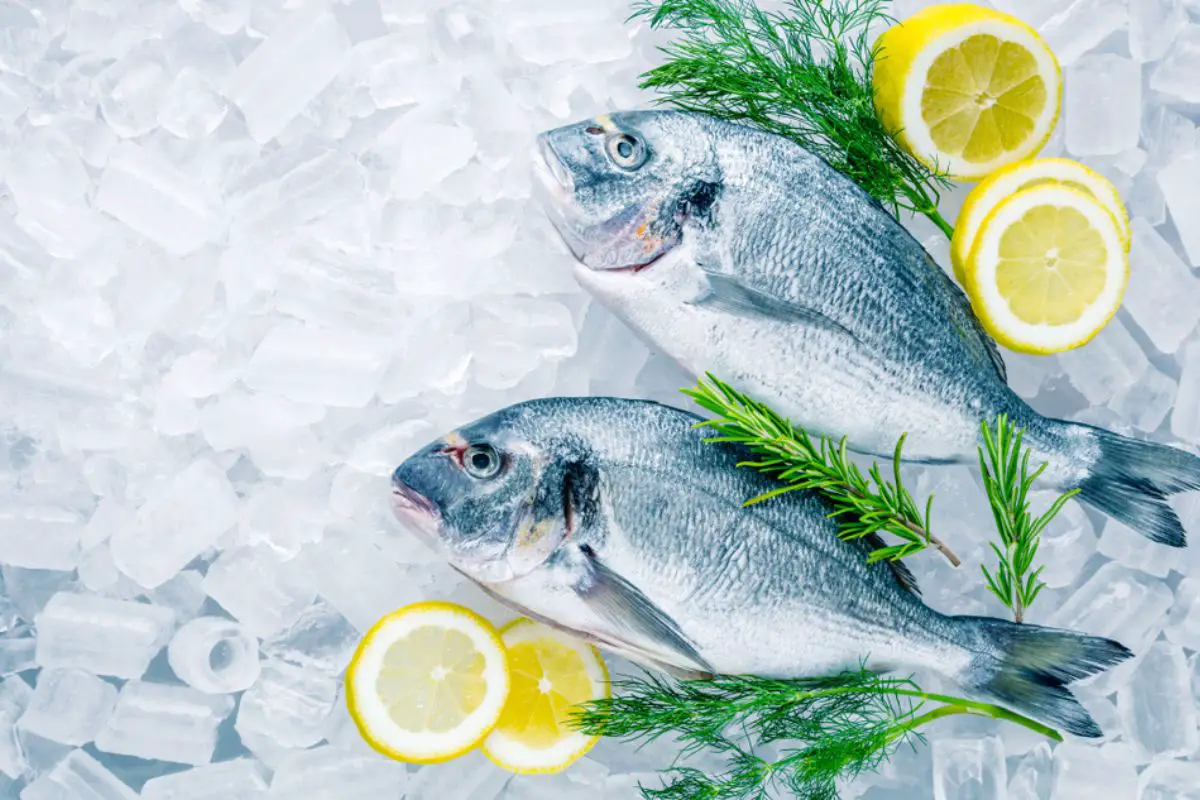
Sea Bream (Sparidae) are a group of compact, medium-sized fish with broad-spaced eyes and a small mouth. Sea Bream have a single dorsal fin and large scales. They swim in shallow tropical or temperate waters feasting as a carnivore.
Sea Bream, like the Bass, offers juicy white and dense flesh and can be purchased either whole or fillets. They provide a delicate yet meaty texture and a clean taste. Sea Bream works well when grilled, cooked on a BBQ, or even baked in salt, to name a few.
2. Sablefish is more commonly known as Butterfish in the United Kingdom.
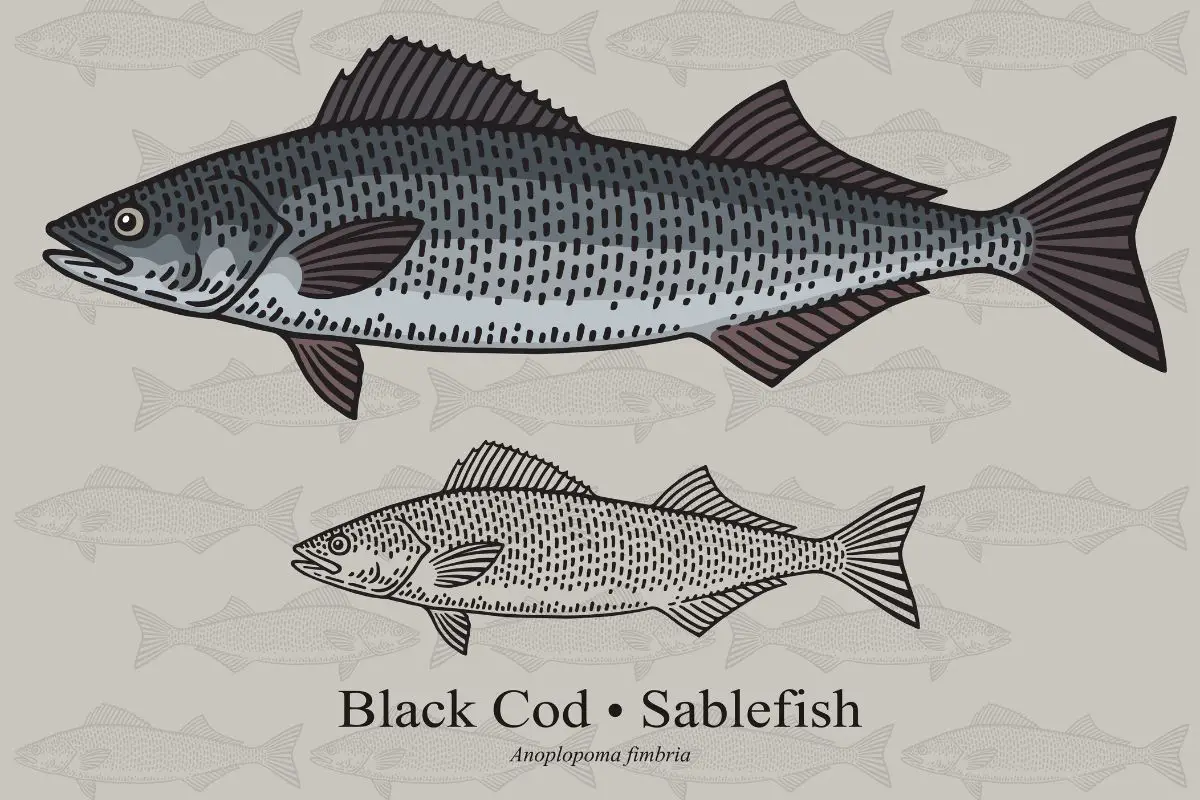
Sablefish (Anoplopoma fimbria), which is also known as black cod, inhabit the oceans at the deepest of depths – some more than a mile below the ocean’s surface. Sablefish are most often in the North Pacific Ocean. The Sablefish skin is charcoal gray, which doesn’t do much to promote a beautiful, rich, silky texture.
They also provide tremendous amounts of Omega-3, a healthy fat, like salmon. The Sablefish, depending on their location, can grow upward of 55 pounds, but their average weight is approximately nine pounds.
3. Branzino – European Bass is a popular addition to Italian Cuisine.
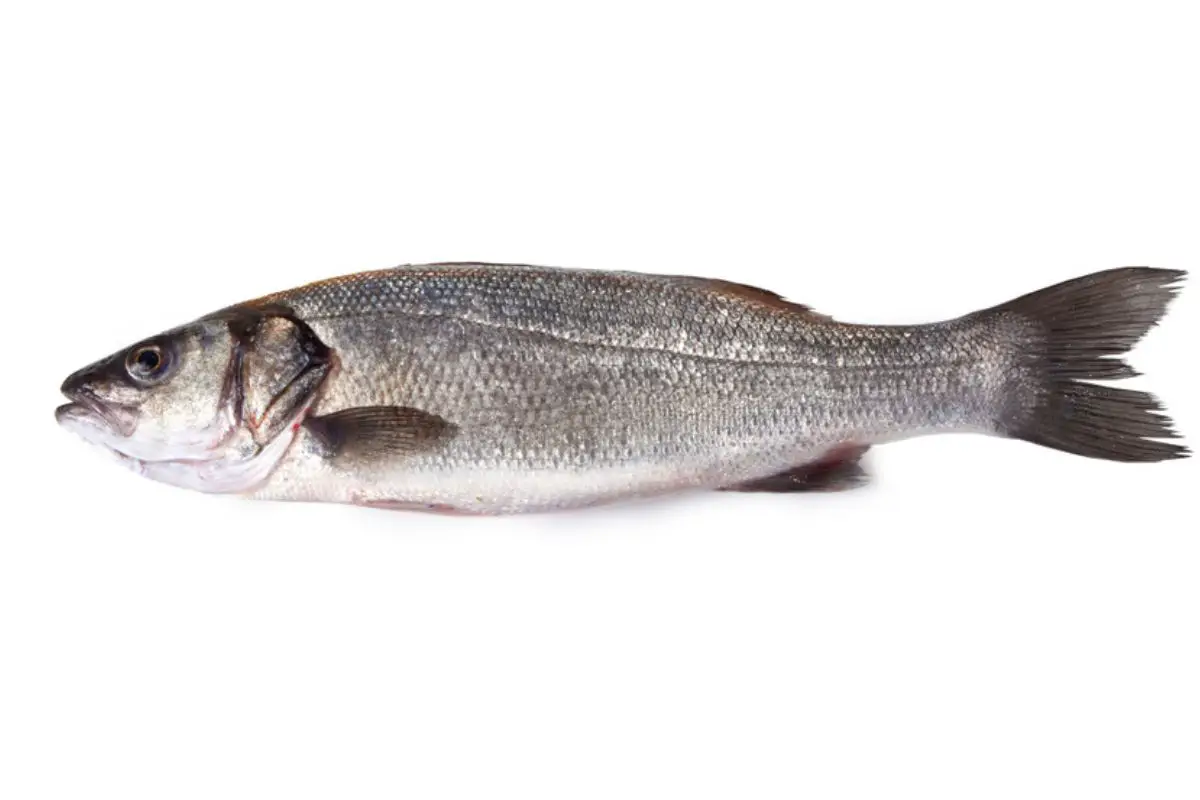
Branzino (Dicentrarchus labrax) is a popular slow-growing fish that lives primarily off southern and western European waters (including the Mediterranean and the Black Seas) as well as the north African coast. The European Bass is a night hunter that feasts on smaller fish. Branzino reaches about three feet by the time they mature, which takes several years.
The average Branzino measures approximately 1.5 feet long. The Branzino is typically roasted or grilled as a whole fish because, in this cooking technique, the flesh remains moist while the fish skin crisps, creating a textural delight.
4. Halibut is a type of flatfish.
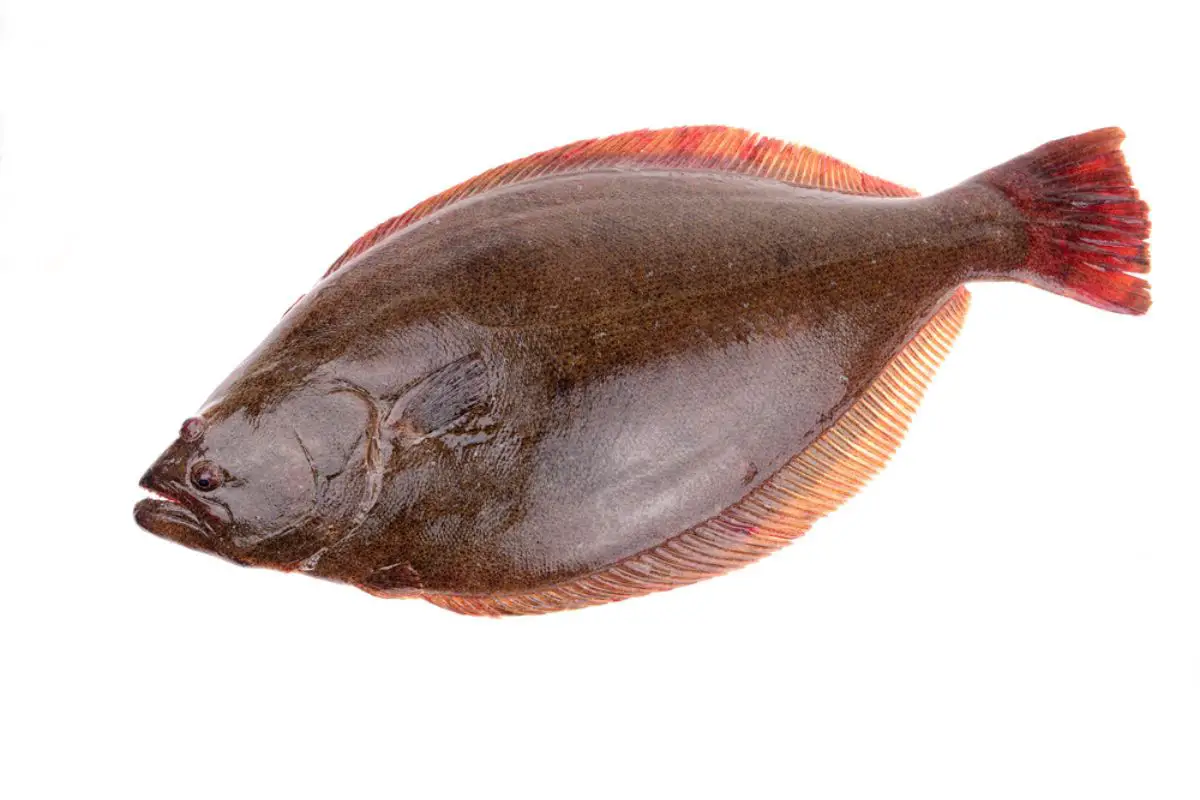
Halibut inhabit the waters mostly near Alaska but can be found off Japan, Russia, Canadian, Greenland, and western US coasts. This flatfish is recognized to be among the oiliest of white fish, which essentially means that Halibut’s flesh contains tremendous amounts of healthy Omega-3 fats and protein. They have a darkish brown top side (which allows them to blend in from a fish hunting above it – known as countershading), with an underbelly that has small scales and an off-white underbelly.
Halibut is commonly found on restaurant menus and is a fan favorite. It is best served with herbs like tarragon, rosemary, fennel, or lemon while grilling or pan searing.
5. Hake are found in both the Atlantic and Pacific Oceans.
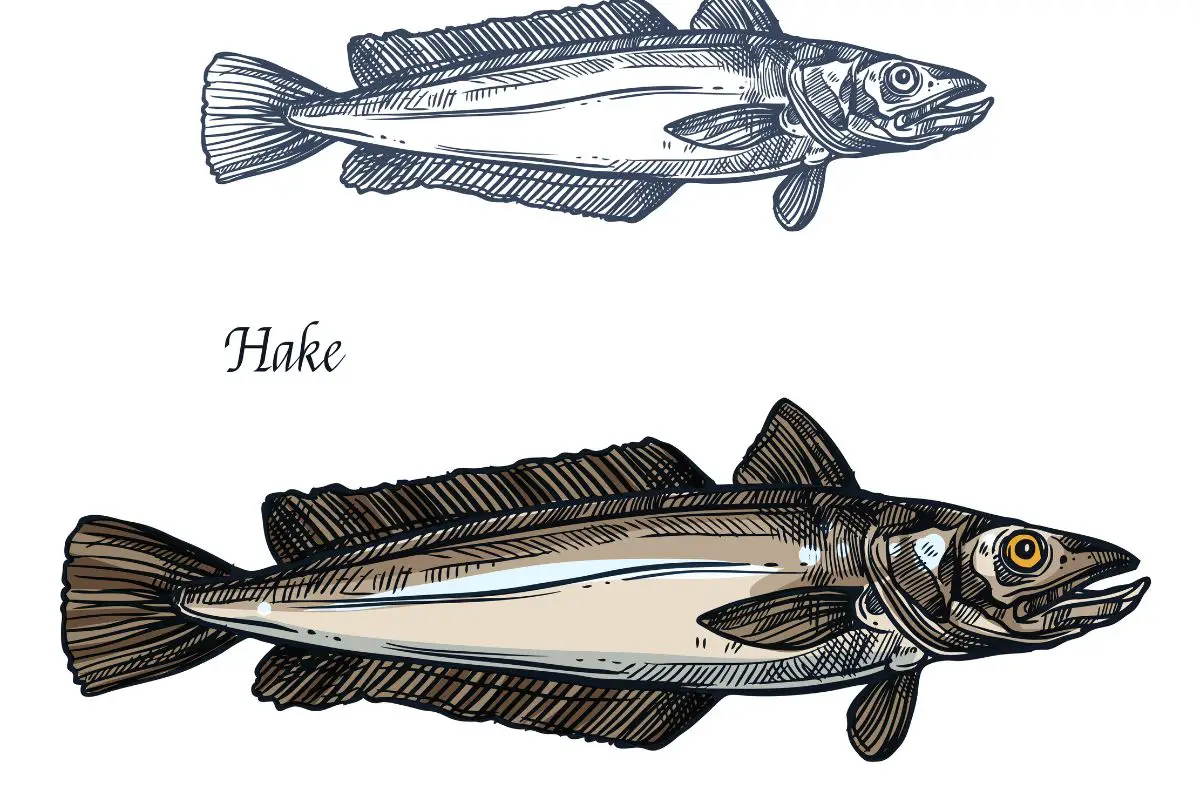
Hake (Gadiformes) is a type of fish that is a member of the cod family. The Hake’s name is said to be derived from Norse Mythology. Hake tend to inhabit deep waters (up to 1,000 meters) but swim to shallower waters when hunting at night.
There are twelve types of the Hake species with differing tastes and textures. Hake, which has a lifespan of fourteen years, is considered a medium to large fish that may grow to sixty pounds but is more typically an average of 8 pounds. The Brits have made Hake famous as it is the basis for fish and chips famously sold throughout the country and copied throughout the world.
6. Sole is a type of flat fish that is a member of the Flounder family.

Sole is a type of fish and a member of the Soleidae family and often refers to a variety of flatfish. The most widely available (and top prized) is Dover Sole, which is found in the North and Mediterranean Seas. Therefore, Sole is a staple cuisine found in Europe.
Like most flatfish, Sole is a bottom feeder and protects itself with countershading as it is a grey-brown upper side and a white underbelly. Dover Sole offers a perfect canvas for delectable cuisine as it cooks beautifully, without a fish smell or taste. In fact, most recipes seek to highlight the sole’s natural flavors without the need for overpowering herbs.
7. Red Snapper is a popular fish, often served when grilled as a whole fish.
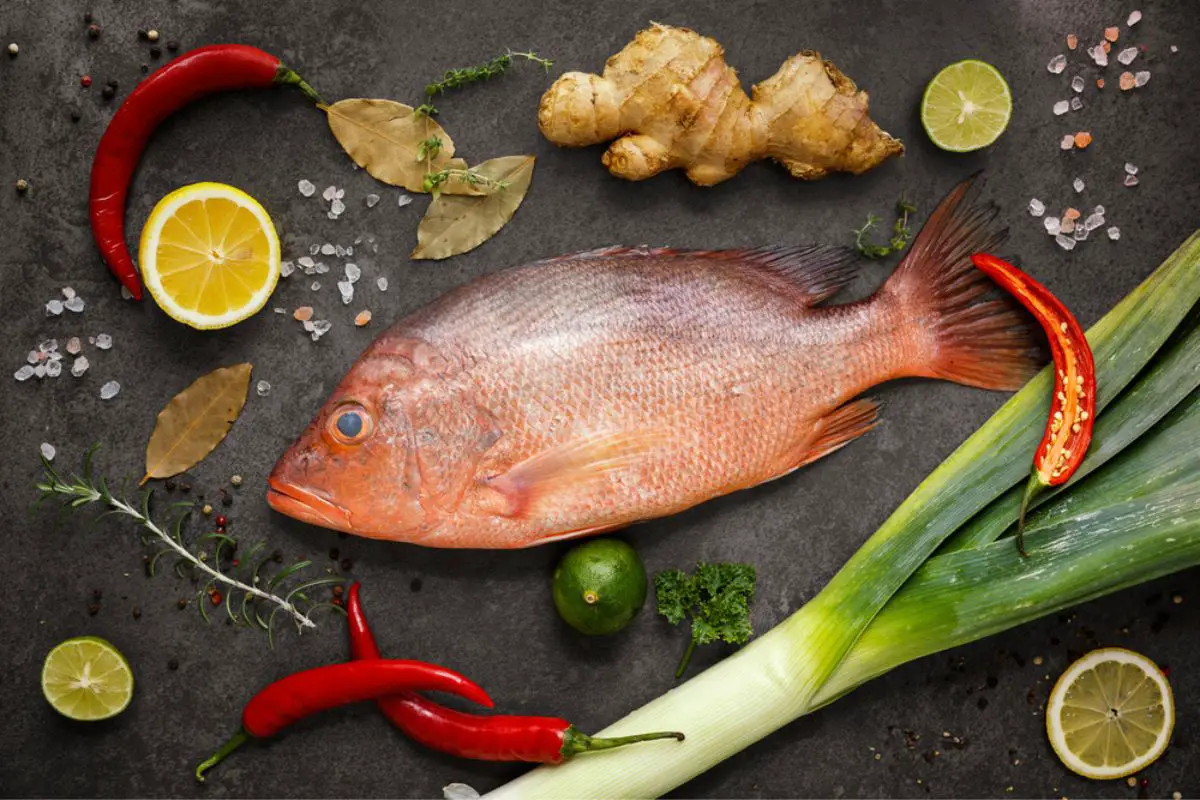
Red Snapper is a rose-colored fish that offers firm white flesh for grilling or searing. Red Snappers are found along the coastal Americas and the Gulf of Mexico in depths from 30 to 600 feet deep. The Red Snapper that inhabits deeper waters tends to have a redder skin color than the fish inhabiting shallower waters.
These fish are called ‘snappers’ because they have large canine teeth. Red Snappers grow moderately each year and reach a max weight of fifty pounds and forty inches in length. Their lifespan exceeds fifty years.
Red Snapper offers a mile yet sweet taste with a hint of nuttiness. Red Snapper’s firm texture is lean and moist, which makes Red Snapper a very versatile cooking ingredient.
8. Haddock has a distinguishable color that combines purple-grey and silvery blue.
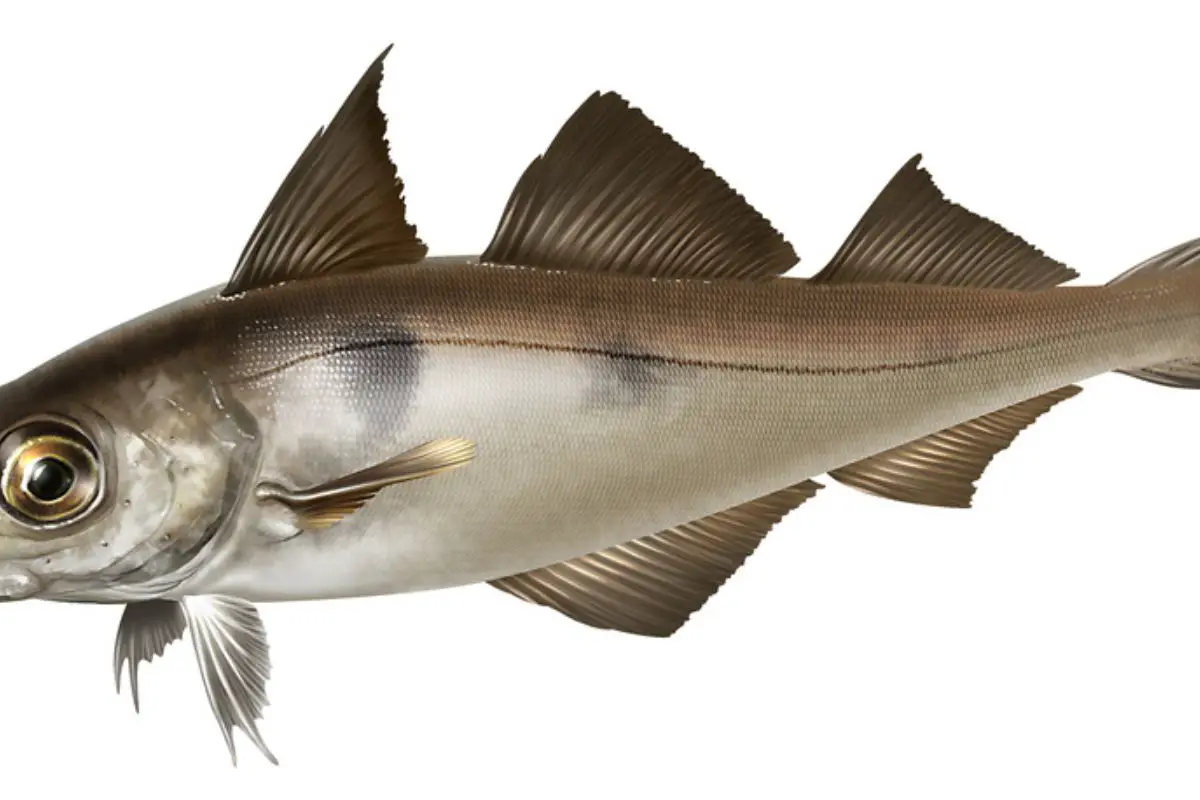
Haddock (Melanogrammus aeglefinus), which is also known as Finnan Haddock, is fish similar to Bass and Cod. Haddock lives in the North Atlantic Ocean. They have a dark blotch that is quite prominent above their pectoral fin.
They are ecologically essential as a part of the food chain in the North Atlantic. The Haddock is packed with nutrition. It offers tremendous amounts of protein, plus Vitamin B12 while being a low-fat fish option.
Haddock has a firm flesh texture with a delightful and unique taste that allows it to be prepared in many diverse recipes.
9. Lingcod prefers the dark bottom waters in depths that exceed 300 feet.
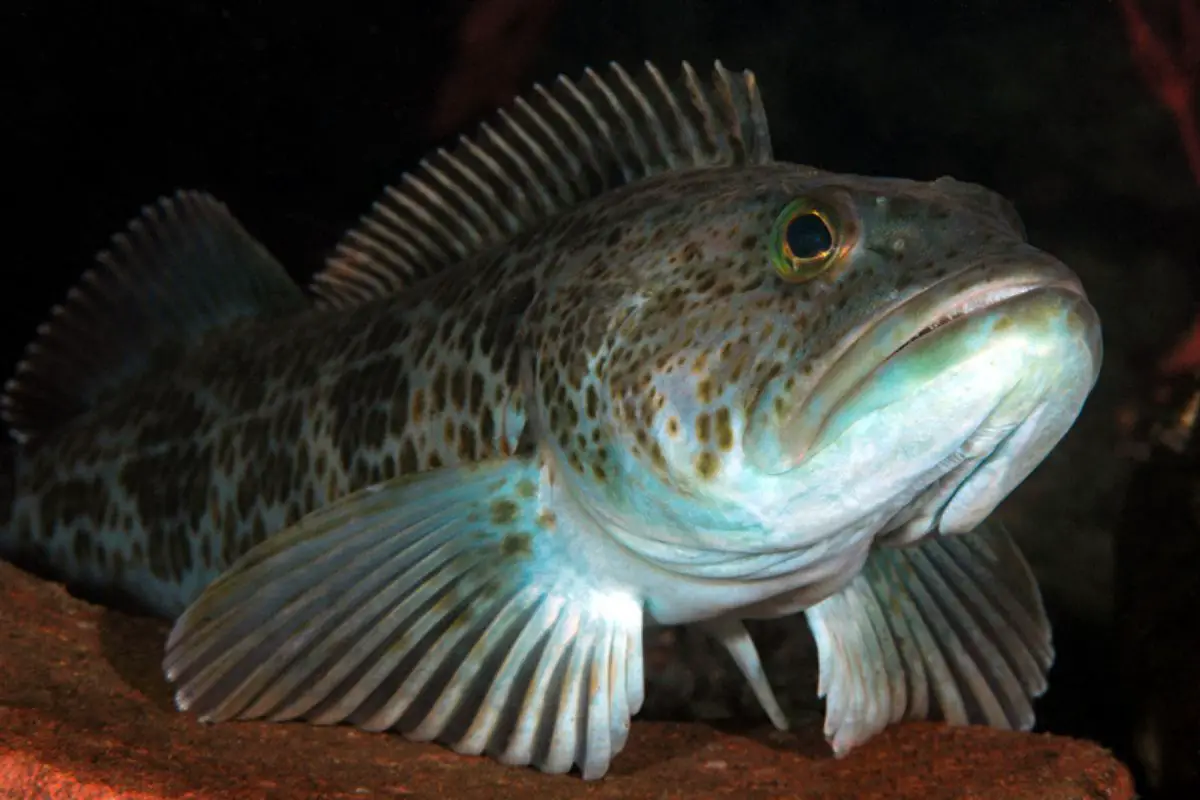
The lingcod, which may also be called the Buffalo Cod or Cultus Cod, is native to the waters off of the North American west coast – from Alaska to southern California. The Lingcod, which is technically not cod, can grow up to 120 pounds and nearly five feet. Lingcod is known for its white flesh, which is tender but firm and flaky.
The Lingcod’s flavor is buttery and mild. A four-ounce serving (when raw) has eighteen grams of protein with only 1 gram of fat. The Lingcod is great when grilled or baked and stuffed with vegetables.
Lingcod is also a great option when making fish and chips.
10. Monkfish is also known as Sea-Devils or Frog Fish.
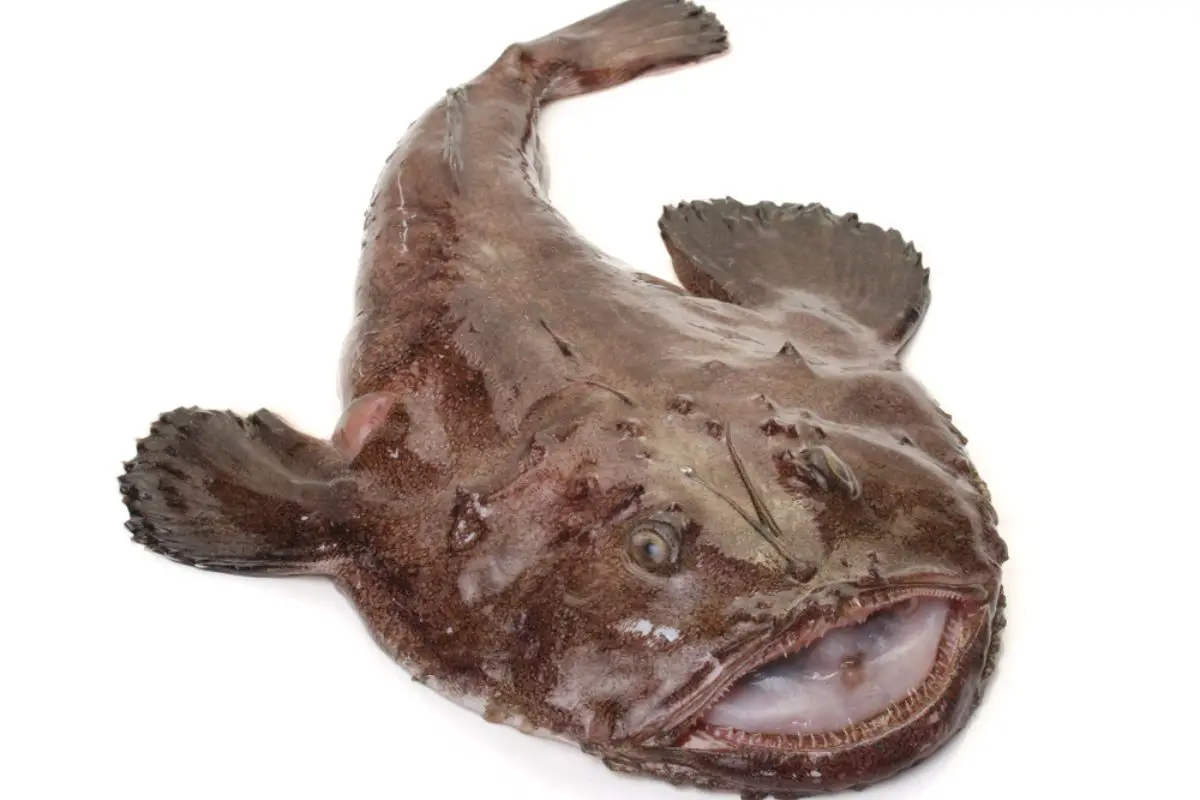
Monkfish (Lophius) are fish that live in the waters of the North Atlantic – as far north as Coastal Norway. The Monkfish do not swim but walk along the ocean floor using their fins while hunting for prey. Monkfish are considered voracious eaters, without much discernment of what they eat – chowing down on anything that happens to cross their path.
Monkfish are not small fish as they have the capability to grow up to five feet in length. However, the average is closer to three feet for most Monkfish. Monkfish is a tender but firm fish with a mild flavor.
The meat ranges in color from white, light pink, or light grey. Its tail meat is prized, and the most common part of the fish that is marketed for sale.
11. Wahoos flash colors when hunting to likely confuse their prey.
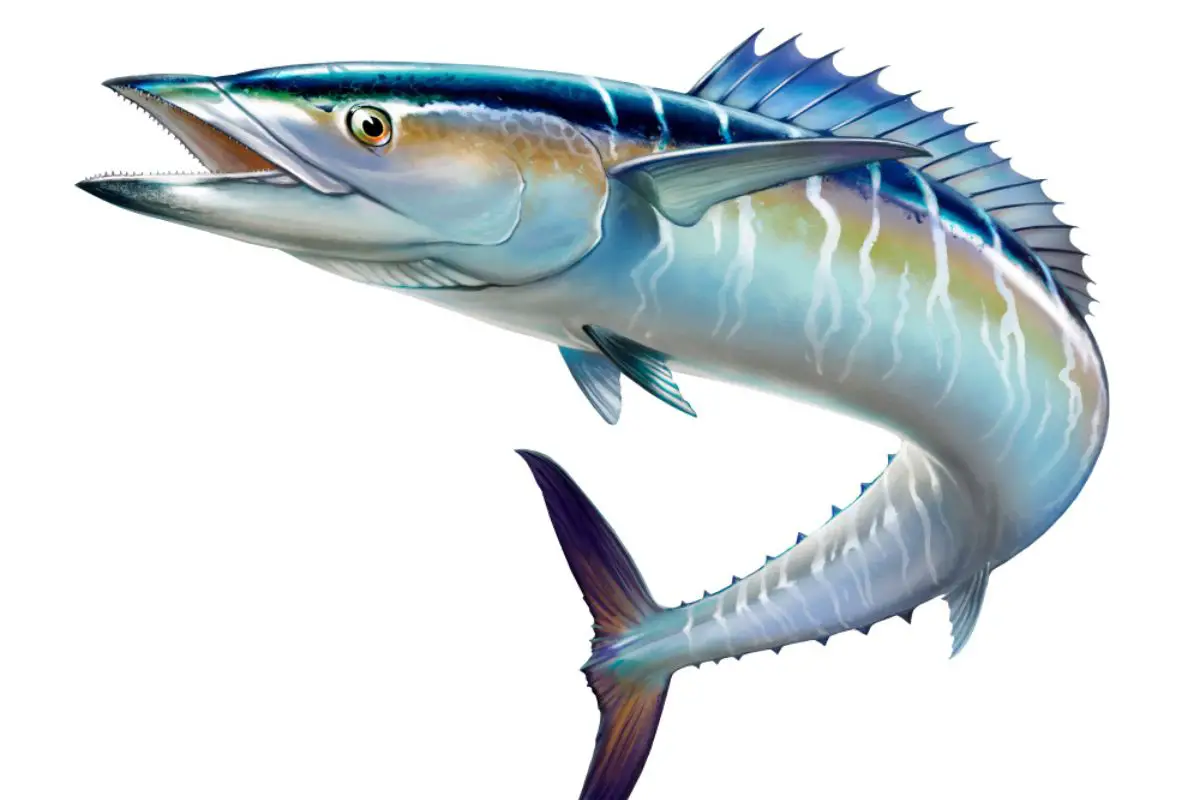
Wahoo (Acanthocybium solandri) is a type of scombrid fish that live across the globe in tropical and subtropical waters. In Hawaii, it is prized by fishermen and known as ono – which translates to ‘good to eat’ in Hawaiian. The Wahoo, which is built like a torpedo, is among the strongest and fastest swimmers that feast aggressively on schools of fish and squid.
They grow to up to 8 feet and more than 180 pounds. Wahoo is flaky and delicate, with a mild flavor, and can be sauteed, poached, broiled, and grilled. It even is great for tempura batter.
12. Mahi Mahi is a surface dweller that lives in tropical, subtropical, and temperate waters.
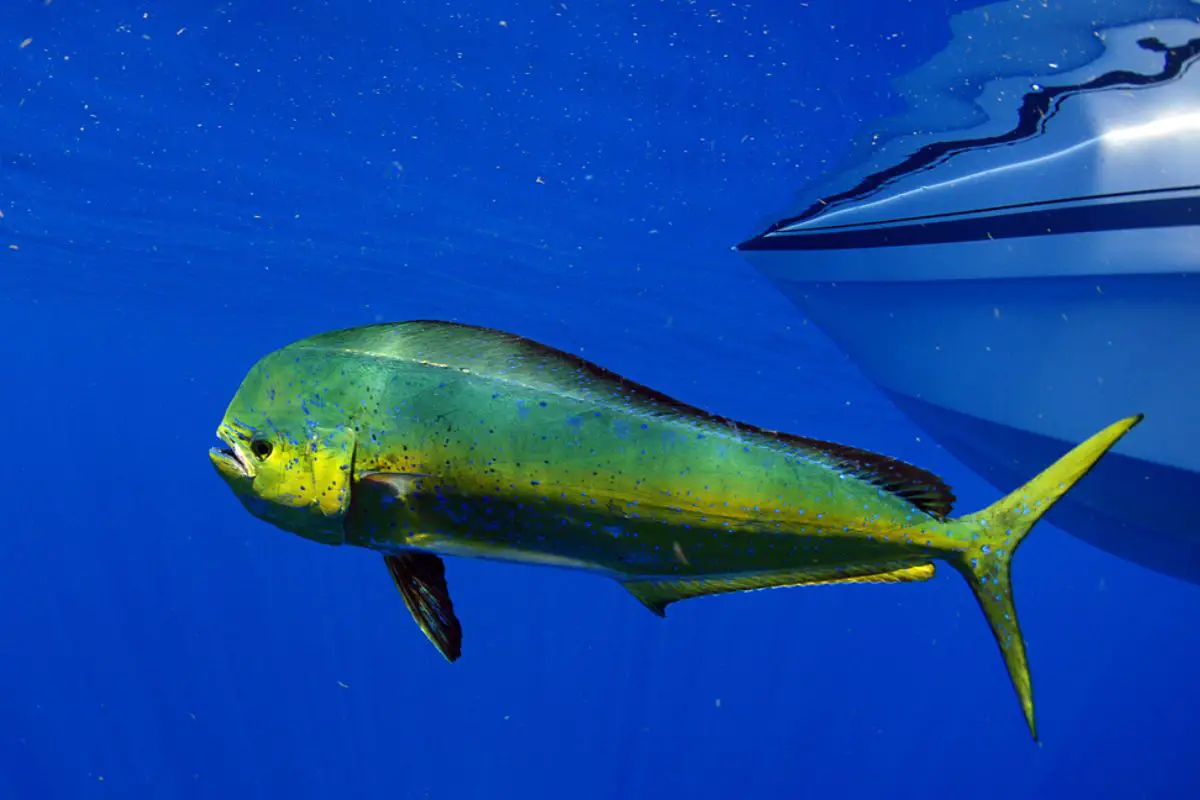
Mahi-Mahi (Coryphaena hippurus), which is also known as a Dolphinfish, is a relatively small saltwater fish that is unrelated to a Dolphin, which is a mammal. Its name is derived from the Hawaiian language and means strong strong. They inhibit the waters in the Gulf of Mexico, Indian and Caribbean Oceans, and Hawaii, among others.
Mahi-mahi averages about 30 pounds and lives for up to five years, although four is the general rule. The flesh of the Dolphinfish is firm, with a flavor that is both mild and sweet.
13. The Grouper are deep seawater fish that prefer warm oceans.

Grouper (Epinephelinae) are slow-moving fish that are usually brown or green in color. They have a large mouth and wide body that makes long-distance swimming quite challenging. They can grow to large fish, weighing in at nearly 900 pounds and nearly eight feet in length.
Groupers do not have many teeth (but a powerful jaw), so they swallow prey rather than bite. They feast on crustaceans, fish, octopuses, etc. Grouper has a subtle flavor which is great for absorbing marinades or blackening recipes.
The taste of most Grouper varieties is similar, although there are slight variations depending on where it was located and the size of the fish.
14. Flounder is a commonly used name for a variety of fish and not a taxonomic name.
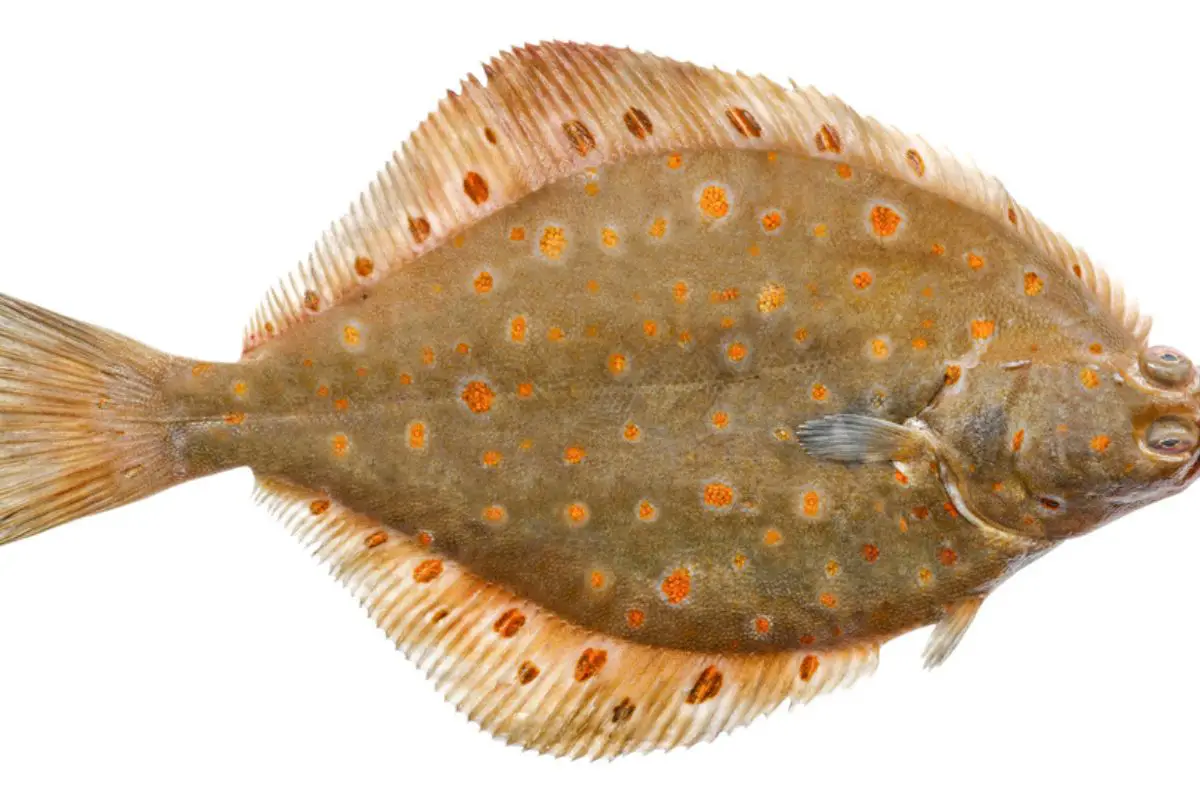
Flounder (Pleuronectiforms) is a common name that includes a variety of flatfish that live on the ocean floor. Flounders are unusual in that they have both eyes on one side of their bodies. Flounders tend to be medium-sized fish that weigh anywhere between five and thirty pounds.
The varieties of fish that fall within the Flounder category include Fluke, Dover Sole, Lemon Sole, and Greenland Turbot. Flounder is best known for its mild, flaky flesh that has a characteristic slight sweet flavor. Its delicate texture is best cooked by broiling, baking, sauteing, steaming, or broiling.
15. Tilapia is nicknamed the Aqua Chicken because it can be produced on a mass scale.
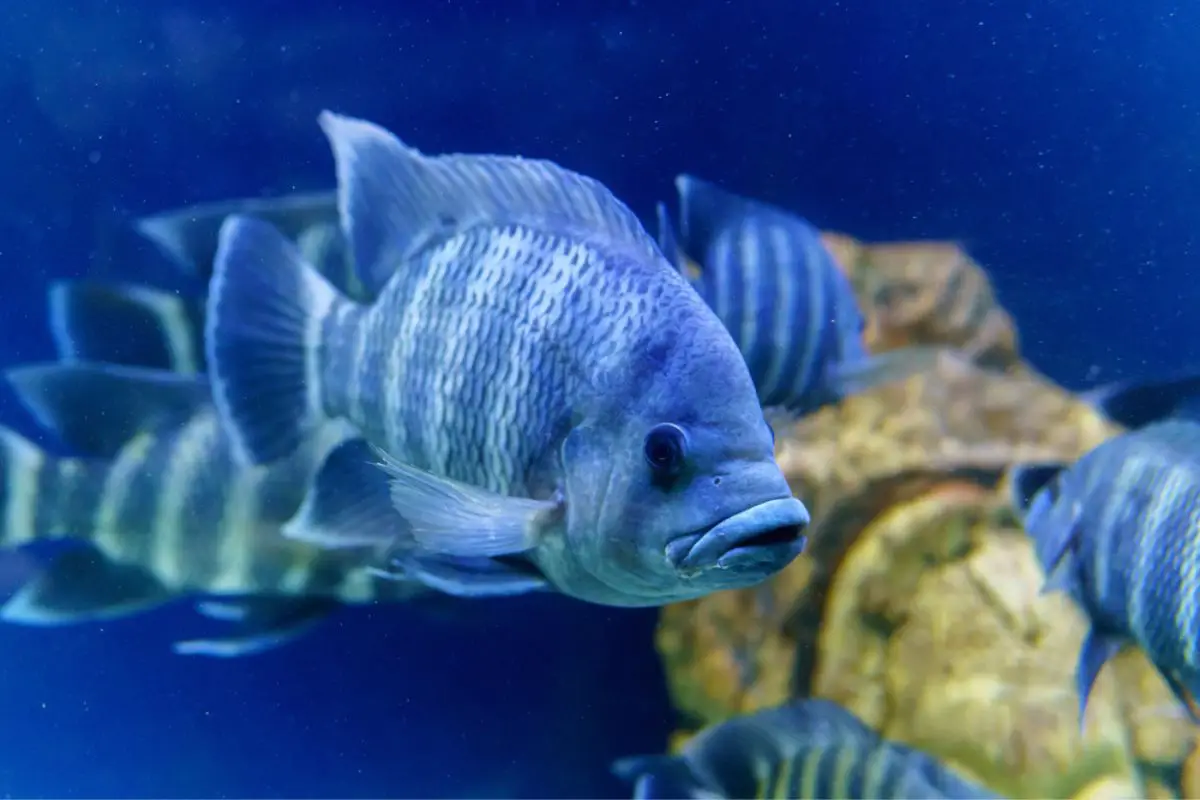
Tilapia (Cichlid) is a freshwater fish that is native to African waters. It is mainly farmed because as plant eaters, their diet is inexpensive. Tilapia is an affordable type of fish to farm because they don’t mind being crowded and grow quickly when farmed.
Tilapia is relatively easy to prepare, which make them among the most consumed type of seafood across the U.S. Tilapia has become a worldwide favorite with a mild flavor and no fish taste. A 3.5-ounce service of Tilapia provides 26 protein grams with only 128 calories. Tilapia is also rich in nutrients that include Vitamin B12, Phosphorus, Niacin, Potassium, and Selenium, among others.
16. Cod

Cod (Gadus) is a sustainable fish that can be found in both the Pacific and Atlantic Oceans. Pacific cod, which weigh five to ten pounds, are found in and around the Gulf of Alaska and other surrounding colder waters. Cod living in the Atlantic Ocean, which average ten to 25 pounds, can be found from North Carolina to Greenland.
Cod offers a source of low-fat protein, which is excellent for those who want to limit fat and improve the health of their heart. Cod’s flavor is mild, with a bit of sweetness like Tilapia. It is soft and milky in texture and flaky, so it is easy to prepare in several ways.
Cod is often used to make fish and chips and can be baked, broiled, steamed, grilled, or fried.
FAQs
What is Sea Bass?
Sea bass is not a reference to a specific type of fish. Sea Bass is essentially a generic term that includes a variety of fish – many of which are not considered Bass at all.
What is the average lifespan of Sea Bass?
Bass is a relatively slow-growing species, and it can take up to 7 years to reach maturity. Sea Bass are consequently vulnerable to overfishing, with a lifespan of up to 25 years.
What is the largest Sea Bass ever caught?
The largest species of Sea Bass that was ever caught with rod and reel happened in 1968 (off Anacapa Island). This fish weighed in at an astounding 563 pounds.



